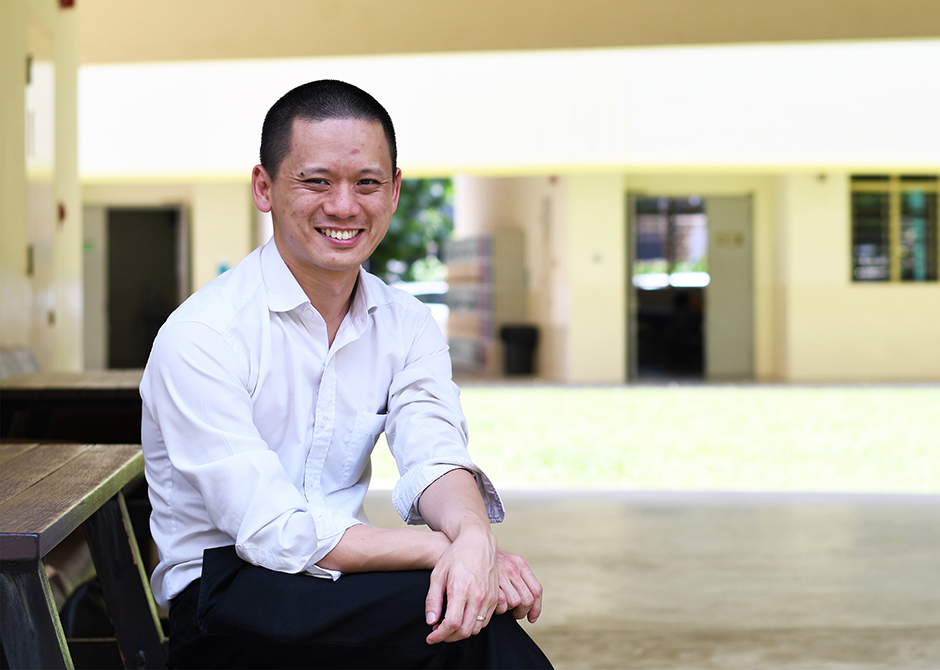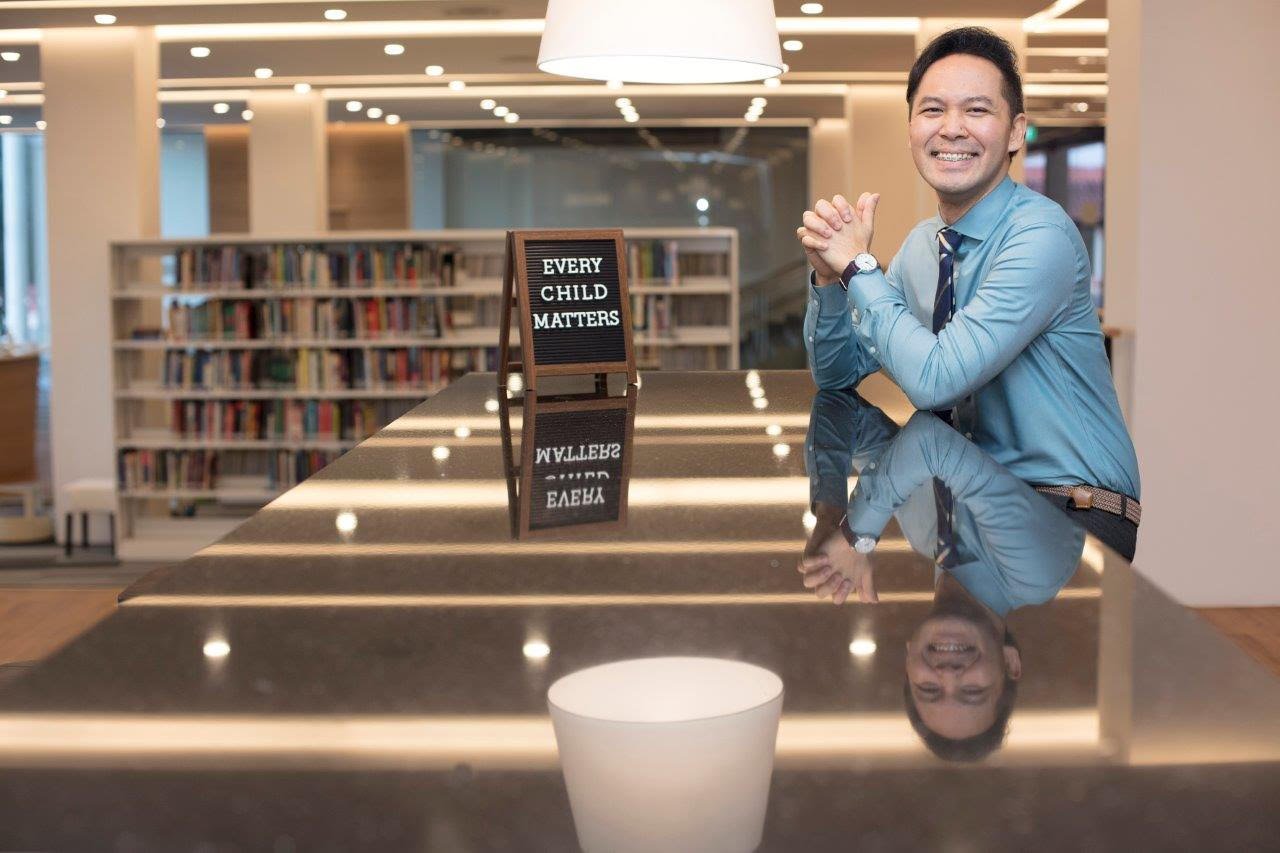When your child encounters a problem, do you give them the answers from the get-go? Or do you first pause and allow them to grapple with it, even if you know that they are very unlikely to arrive at a good solution on their own?
For most parents, the first option is instinctive. But increasingly, experts are suggesting the latter is a better choice. By giving children the time and space to struggle first, grapple and play around with a new and foreign concept, it would actually lead to better problem solving skills later.
This window period is when “productive failure” happens. The belief: your child must try and “fail” first, in order to learn something well, said Mr Jaron Pow, previously Head of Department (Mathematics) in Millennia Institute (MI) and Jurongville Secondary School, and one of the pioneers of this method in Singapore.
Developing problem solving skills
Here’s how it works: Before introducing the concepts relevant to each lesson’s learning content, Jaron would often throw a problem to the students and allow them to first ponder over it – with minimal intervention or guidance.
For example, in a class introducing the concept of algebra, he begins by giving the students a new, algebraic problem and asks: “Can you try to solve this first?”
The students would then have to attempt solutions from their existing knowledge – with concepts they have learnt before – make connections, and come up with possible solutions. They could bounce off ideas with each other, critique, see how it comes together and formulate a solution as a group. Jaron allows all of this to happen even though he knows that it is not possible for students to arrive at the correct solution during the lesson itself.
After this “failed” exploration, Jaron would explain how to approach and solve the problem. It is critical to assist the students in going back through the process later as he introduces new concepts to solve the problem.
Jaron believes that ‘productive failure’ is beneficial. As compared to “direct instruction”, where the teacher explains the concepts first, and the students practise solving problems later.
The reasons: Students gain a deeper and more connected understanding of the concept at hand. Just as importantly, students will also be better equipped with skills to solve new problems on their own in the future.
Fail first, succeed later
Jaron’s teaching philosophy is borne out of the productive failure theory conceptualised by Associate Professor Manu Kapur, the former head of the Curriculum, Teaching and Learning Academic Group at the National Institute of Education.
Mr Pow, back when he was Head of Department (Mathematics) at MI, was part of a team of five teachers who had worked closely with Prof Kapur to introduce productive failure to the Junior College Math curriculum in 2013.
The concept was implemented as a pilot trial in some units under MI’s Mathematics curriculum.
Prof Kapur has described productive failure as “a teaching method which leads to short term ‘failure’, but long term success”.
The concept urges students to accept that making mistakes is inevitable. “It’s okay to be ‘wrong’ during productive failure. That’s the point. Wrong? Never mind. Find out why the mistakes are made and you’ll know how to improve later,” shared Jaron.
Yet, this also does not mean that productive failure is “lost” time, as the instructional time is still the same, he added. In fact, the suspension of learning does not compromise the time taken to learn.
The window for productive failure – or how long you can let your child struggle – can take place along a spectrum, from as short as two minutes to even an hour, or more. The key is to activate your child’s thinking, to make connections across what he or she already knows.
The curriculum at MI, for instance, had implemented ‘productive failure’ approach in the classroom without taking up more time than using conventional teaching approaches, Mr Pow shared.
Understanding problems, not just finding answers
But the concept also applies to teaching situations beyond the classroom – even at home.
For example, when a child comes to a parent with a problem, instead of giving them the answers right away, you can start by asking, “What have you tried?” Jaron shared.
The child will then be required to draw up solutions from their personal accumulation of life experiences and cognitive knowledge to deal with the problem at hand.
This nurtures problem solving skills, which are critical in the long term, as it can be applied to any situation.
“If a child is trained to find only the right answers to fixed problems, they are learning things that can be programmed into a robot,” said Mr Pow. “What is more important is to be able to see a fresh problem and be skilful enough use current knowledge to tackle and deal with it.”
Overcoming initial discomfort of ‘failing’
When Jaron first applied “productive failure” with his students, he had to deal with a fair bit of scepticism.
“When I give them a new problem, I tend not to teach the topic in class first,” said Jaron. Some students lamented and said: “Mr Pow, can’t you just tell us the answer, and we just follow your steps?” or “Mr Pow, why don’t you tell us what to do first?”
Naturally, there is a certain degree of discomfort, he shared, as nobody likes to make mistakes. It is also a concept that is different and perhaps counterintuitive from what children are used to. The key is to normalise this process into something the students are used to on a regular basis.
In response, he would say to the students: “If you only know how to follow my steps, you are learning to be a robot. And if you are learning to be a robot, you are learning things that are replaceable.”
“The aversion and discomfort never last beyond a few months. Over time, many will have greater mastery over concepts and will also find themselves becoming better problem solvers,” he said.
“It’s about solving problems from scratch, and not following tried-and-tested solutions.”






